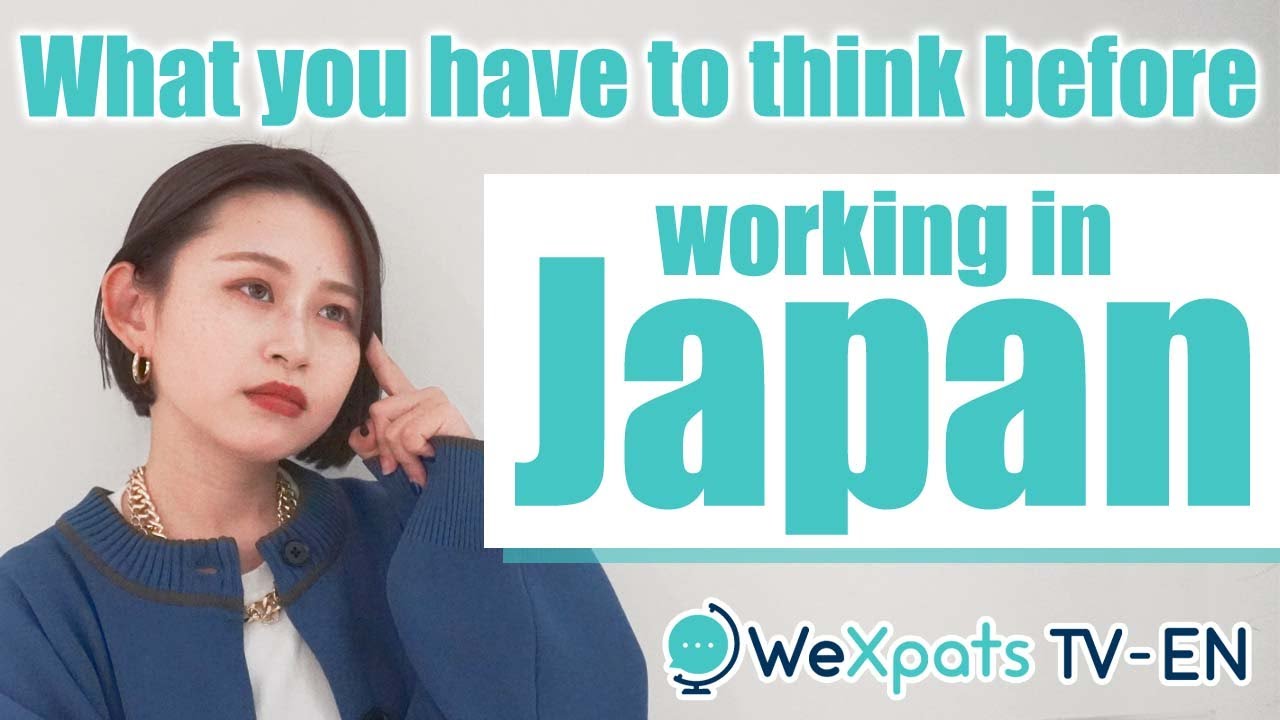The tragedy that Hiroshima underwent in the past serves as an important historical reminder of the dangerous, costly after-effects of war. While the city has rebuilt itself, a peace memorial stands as a constant reminder to honor peace and prosperity above all.
Table of Contents
- Devastating History of Hiroshima
- Hiroshima Peace Memorial Park
- Ceremonies Held in Hiroshima Memorial Park
- Access and Visiting Manners
- Takeaway
Devastating History of Hiroshima

Before we dive into the things to see and do in Hiroshima Peace Memorial Park, let us address the town and its history itself.
History
Before it became the urban city it is today, Hiroshima City of Hiroshima-ken was a small fishing village. With the discovery of ancient relics in Hiroshima Bay, there are also strong indications of early civilization from prehistoric times.
Previously known as Aki Province, Hiroshima only received its current name in 1589 when Hiroshima Castle was built. This marked the turning point of the city who gradually gained prosperity and embraced industrialization.
※ Encyclopædia Britannica, Inc., "Hiroshima" ※ The City of Hiroshima, "The History of Hiroshima City"
World War II Atomic Bombing
None remember the consequences of war more than Hiroshima City. Around the late 1860s, Hiroshima City became a military center. As a result, it became a prime target for attack. The first ever atomic bomb made the city its victim on the morning of 6 August 1945. The damage was disastrous with around 80,000 immediate deaths and destruction of homes. Another 140,000 victims fell to the after-effects of radiation and fires from the bombing. It was a truly tragic end to the war and further proof of the travesty that comes from nuclear bombs.
Hiroshima Peace Memorial Park was set-up for many reasons. A memory of those whose lives were lost, and a reminder of the sufferings that war brings.
※ Encyclopædia Britannica, Inc., "Hiroshima" ※ BBC, "Hiroshima and Nagasaki: 75th anniversary of atomic bombings" ※ The City of Hiroshima, "Q. How many people died because of the atomic bombing?"
Location
4 years after the attack in 1949, it was decided that instead of rebuilding the former district, it could serve a different purpose. Thus, the Peace Memorial Park was established in the centre of where the Hiroshima Nuclear Bombing incident occurred.
※ Explore Hiroshima, "Peace Memorial Park"
Writer's Pick
Hiroshima Peace Memorial Park
The park encompasses around 120,000 square meters of space including open space, important structures, notable monuments, museums, and plenty of greenery. On both sides of the park flows the Motoyasu River.
Important Structures

Atomic Bomb Dome
Also known as Hiroshima Peace Memorial, or A-Bomb Dome, is a UNESCO World Heritage Site. This dome was the only structure left in the area after the bomb blew up. The building’s exterior and interior are preserved in its original condition after the bombing took place.
The Genbaku Dome as it is known in Japanese symbolizes not only what humans are scarily capable of, but also a symbol of hope for world peace in the future.
※ The City of Hiroshima, “The Story of the A-Bomb Dome” ※ UNESCO World Heritage, “Hiroshima Peace Memorial (Genbaku Dome)”
Rebuilt Rest House
Previously a kimono shop that was eradicated during the bombing, the building was rebuilt into a tourist information centre and R&R area. It also has a gift shop as well as exhibitions to learn about the history of the place.
Notable Monuments

Children’s Peace Monument
This statue features the figure of Sadako Sasaki at the top, and two more children at the side. Around the statue are cases filled with colourful origami cranes from all over the world. The monument and cranes are in memory of the children whose lives ended in tragedy.
Who is Sadako Sasaki? A victim of the after effects of the bombing. Sadako Sasaki at the tender age of 2 years old survived the bombing, but was exposed to radiation. At 12 years old, she developed leukemia. Not even a year later, she succumbed to it.
Her story travelled across the globe. A motion was started and the Monument was built with the ensuing funds.
※ The City of Hiroshima, “Paper Cranes and Children's Peace Monument”

Memorial Cenotaph
A large curved monument, the Memorial Cenotaph is inscribed with the names of the atomic bomb victims. Its curved dome shape represents shelter that the victim’s souls may find solace. A message is also engraved upon the statue which has been a topic of controversy.

Flame of Peace
This monument is designed to look like a pair of hands cupping fire. Since 1964, when the flame was first lit, it has not been put out. An annual relay is held around the statue as a bid to end nuclear weaponry. The flame will only be put out when all nuclear weapons of destruction are eliminated from this world.
※ Explore Hiroshima, “Flame of Peace”
Others
There are several other monuments and statues in the park including the Peace Bell, Fountain of Prayer, Peace Pond, Gates of Peace, and more. We’ll leave those for you to explore yourself!
Hiroshima Peace Memorial Museum

The Hiroshima Peace Memorial Museum was established back in the mid-1950s. This is the place to go to learn more about Hiroshima before and after the atomic bombing. Displays of the victims’ belongings, information of the dangers of nuclear, and other important things are also exhibited here. Each article or item displays a strong emotion - whether it may be anger or despair because of the war. The objective of the museum is to ultimately eradicate the use of nuclear or atomic bombs and to have a more peaceful world.
※ Hiroshima Peace Memorial Museum
Ceremonies Held in the Park

One of the most heartfelt ceremonies to remember the tragedy of the bombing in Hiroshima City is the Peace Memorial Ceremony. During this event, the Japanese government talks about how war is never the answer. A little past 8:00 PM, people in the city ring bells to remember the lives of those who died during that unforgettable day.
Thereafter, the lantern floating ceremony is held. Visitors, both locals and tourists alike, are encouraged to write wishes of peace upon a lantern and place it on the river waters to be glided away. The ceremony is seen as a strong wish for peace and strength.
※ Visit Hiroshima, "Hiroshima Peace Memorial Ceremony & Peace Message Lantern Floating Ceremony"
Access and Visiting Manners
Coming from out of town? Make your way to Hiroshima Station first via Shinkansen. Take Tokaido Sanyo Shinkansen if you’re coming from Tokyo.
How to Get to the Park: From Hiroshima Station
Make your way to Hiroshima Station Bus Stop, take the local bus directly to Peace Memorial Park - Heiwa Kinen Kouen (平和記念公園).
※ Visit Hiroshima, "Peace Memorial Park"
Visiting Manners
Mind yourself when visiting the park. Not to say that you cannot smile or laugh, but do refrain from making improper comments or jokes about the incident. Keep in mind the park is a comforting place of solace, remembrance, and appreciation of life and peace.
Takeaway

Hiroshima Peace Memorial Park reminds us about the important things in life, the fragility of humans, and the destruction of war. Most important of all, it is a symbol of hope and future peace. A must visit when dropping by Hiroshima, we hope this article helps you gain a deeper understanding of this meaningful place.






























